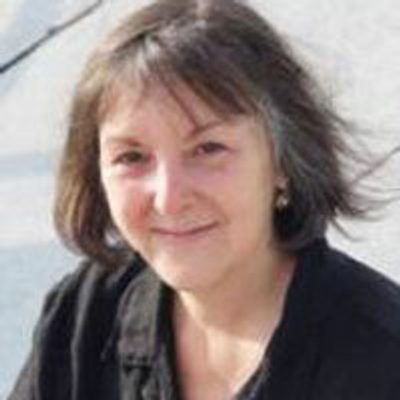Counterfeit Drugs: Infected with Greed
Counterfit drugs are flooding hospitals and markets worldwide.
Terry J. Allen
Counterfeit pharmaceuticals are flooding hospitals, Web sites, pharmacies and street markets around the world. Visibly indistinguishable from life-saving medicine, the pharmafakes plague the developing world, affecting millions of people and undermining confidence in public health.
Counterfeit drug sales will reach $75 billion globally in 2010, a more than 90 percent increase from 2005, according to the Center for Medicines in the Public Interest. Some pharmafakes enter the United States hidden in plain sight inside the 70,000 packages of legitimate medicines that pass through JFK and Miami airports alone, each day.
But the developing world is where most fakes are manufactured, most victims live and where up to half the drugs in some countries are bogus.
Feeding on desperate need and feasting off fabulous profits, narcotics and arms traffickers are embracing this global industry. Lack of international agreement, uncoordinated enforcement and low penalties ensure that drug counterfeiters enjoy that most traditional of capitalist draws: high profit with low risk.
Part of the blame goes to a “war on terror” that has sucked up international policing efforts and “is making it harder to look at the fake drug trade,” Dora Akunyili told In These Times. In 2001 Akunyili, a pharamcologist in her 50s, accepted what has been called “the most dangerous job in Nigeria,” heading the country’s National Agency for Food and Drug Administration and Control (NAFDAC).
Until Akunyili’s reforms took hold, Nigeria was the epicenter of the pharmafake pandemic. In 2003, when surgeons there administered adrenaline to restart the hearts of anesthetized children, a useless counterfeit left four dead on the operating table. A painkiller made from toxic ethylene glycol killed more than 100 Nigerian children. A Nigerian newspaper reported that “80 percent of cases of kidney failure in the country are linked to the intake of fake drugs.”
The counterfeit medicine trade “is mass murder but not with guns,” says Akunyili. “It is solely profit motivated, but the money the counterfeit drug makers make can be plowed into evil. It is also a form of terrorism against public health as well as an act of economic sabotage.”
Akunyili came by her commitment the hard way: Fake insulin killed her diabetic sister. As agency head, she found that only 20 percent of the country’s drugs were legitimate and vowed to put the pharmafake manufacturers and dealers out of business. She raided warehouses, seized tons of pharmafakes, burned them in the street and ordered the arrest of notorious traffickers who had operated with impunity for decades.
The price that traffickers put on her head was evidence of the campaign’s efficacy. One day as she rode to work, assassins opened fire on her car. One bullet pierced her headwrap and grazed her skull. Another shot killed a bystander. Akunyiyi sent her children abroad and accelerated her campaign. She faced down threats, blackmail and a corrupt legal system that let off major dealers despite ironclad cases, one of which included a boastful confession.
Factories in China and India are the main source of a counterfeit trade that is growing faster than cholera in a warm petri dish. China’s new capitalists, skilled in knocking off Gucci and Nike, are turning to Lipitor and Norvasc. Some fakes are far cheaper that the real drug, some are not even a bargain, and some, especially a new wave of Russian knockoffs, are as effective as expensive originals. Consumers, however, have no way to know if their pill is crushed chalk or toxic waste; if they bought amusingly impotent Viagra or an antibiotic, an antiretroviral or malarial drug with doses too low to work, but high enough to encourage disease-resistant strains that circle the globe inside unknowing travelers.
“Bacteria don’t need visas,” says Akunyili, who argues that even if human compassion fails to inspire Western officials to tackle the problem, enlightened self-interest should. Health experts point out that 2 percent of TB cases are “extremely drug resistant,” and view with alarm a new South African TB strain, resistant to all antibiotics, that killed 52 of the 53 people infected.
The counterfeits also create resistance to public health campaigns. After watching pharmafakes fail or kill, people may reject polio vaccinations, anti-malaria drugs, and HIV/AIDS treatments and preventions. Experts worry that fake Tamiflu available on the internet may undermine efforts to contain bird flu if it evolves into a serious human threat. The pharmafake trade also lends credence to the view that all Western medical initiatives are profit-driven fraud and bolsters quacks promoting such home-grown tragedies as treating AIDS with garlic and beetroot instead of antiretrovirals, as Manto Tshabalala-Msimang, South Africa’s criminally deluded minister of health, has said.
As the trafficking grows, pharmaceutical corporations have failed to attack the problem with the zeal they unleash to maintain high prices, protect patents and create demand for new lifestyle drugs. Next month, I’ll examine that seemingly strange reticence.









